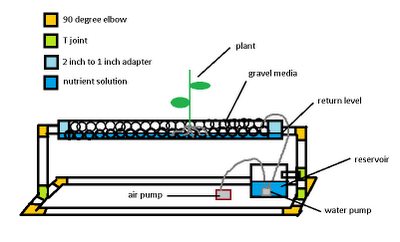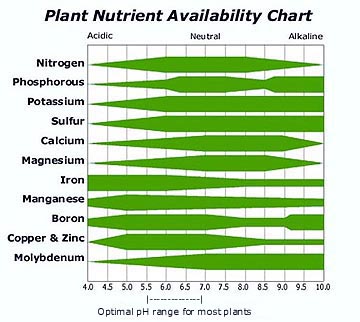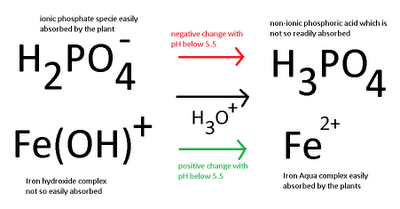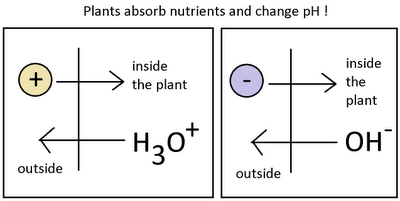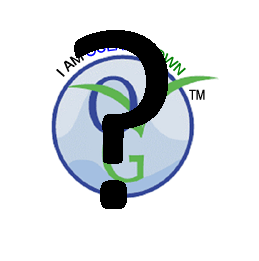Possible New Features for my Hydroponics Calculator
There are several things I want my calculator to be able to do in the future but first of all my focus will be on everything dealing with hydroponic nutrients. The first important additions I am working on mainly deal with the ability to add custom salts to the program and obtain results of ppm concentrations achieved by placing certain amounts of salts within the solutions. Certainly being able to go from a given weight of salt or commercial fertilizer (with known percentage element compositions) to a ppm concentration will allow people to know how adequate their recipe is and – moreover- it will allow people to play with different levels of salts if they feel that the currently “automatic” salt quantity selection is not doing the best possible job. It will also allow people to “reverse engineer” their commercial hydroponic solutions by figuring out their ppm contributions, later using those on the nutrient design tab to obtain salt weights to arrive to those concentrations. By using different sources people will also be able to pinpoint with good accuracy the nutrient sources used by their favorite commercial blend.
The next big feature I am looking forward to add is a “water quality” section which will help people adjust their nutrient solution to their water quality parameters. Things such as hardness, carbonate levels, magnesium, calcium, pH, EC, nitrogen and QOD (chemical oxygen demand) might be important parameters I will take into consideration within this section. A pH and EC prediction module – which is almost finished – will help people calculate an estimate of what their final solution properties for a given formulation might be.
Even though these features are bound to add great flexibility to my calculator, I believe that right now this is only the “tip of the Iceberg” of the potential the software has. After doing this I will attempt to put all my chemical knowledge regarding hydroponics crops into practice by inputting “optional additions” that people will be able to choose when preparing their formulations. For example, you might want to choose the “hydrogen peroxide regime” option and a summary giving you usage instructions as well as detailed explanations of how much peroxide to add and when to your reservoir will be shown. Similar options ranging from “potassium silicate treatment” to “cobalt supplementation” might become available as the calculator progresses.
As you see, there is a lot in storage for this little calculator program which I am hoping to rename to something like “hydroponic buddy” once version 1.0 comes out. Right now I am working on all the features and relearning a lot of Delphi programming which I honestly haven’t done extensively for almost 10 years. Do you have any suggestions for my hydroponic nutrient calculator ? Do you have any suggestions about what you would want to do with it ? Please leave any comments, questions or suggestions below ! By the way, you can get the latest version of the calculator here.
